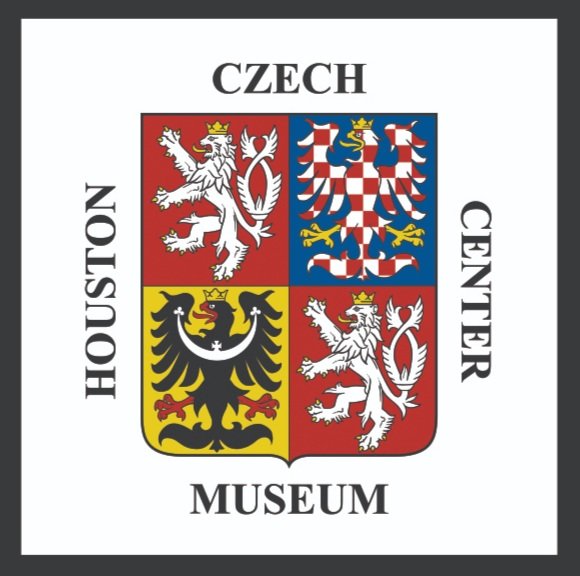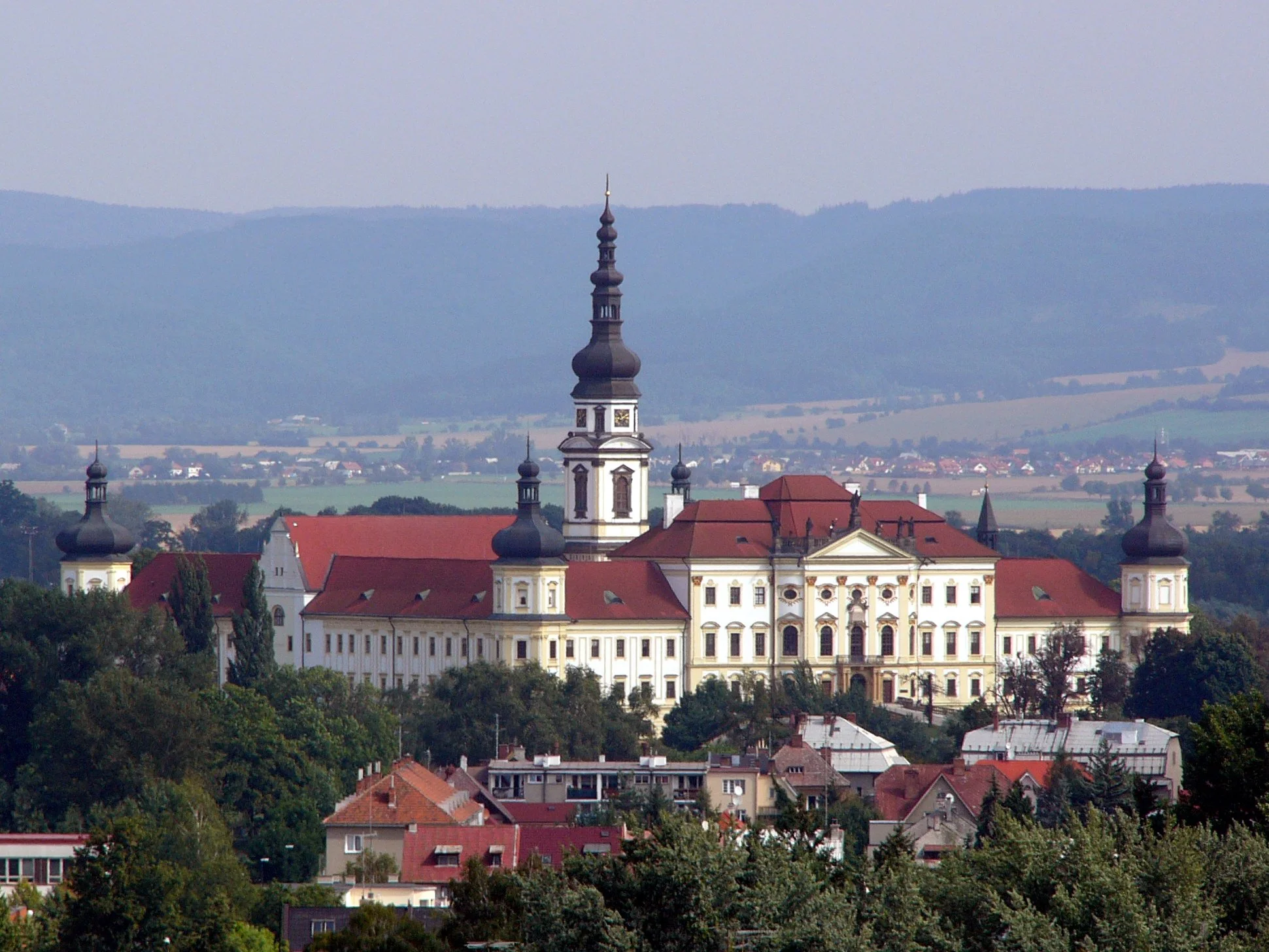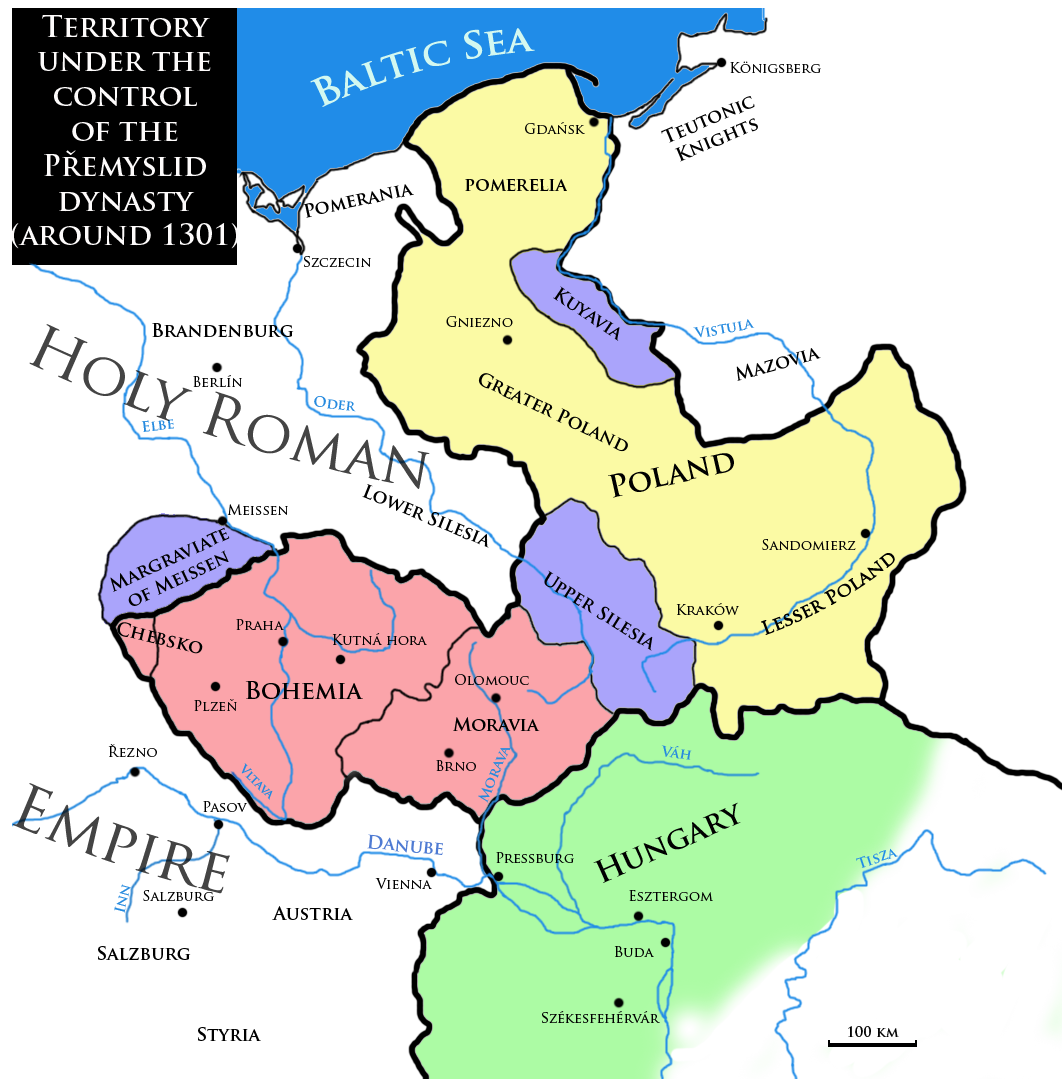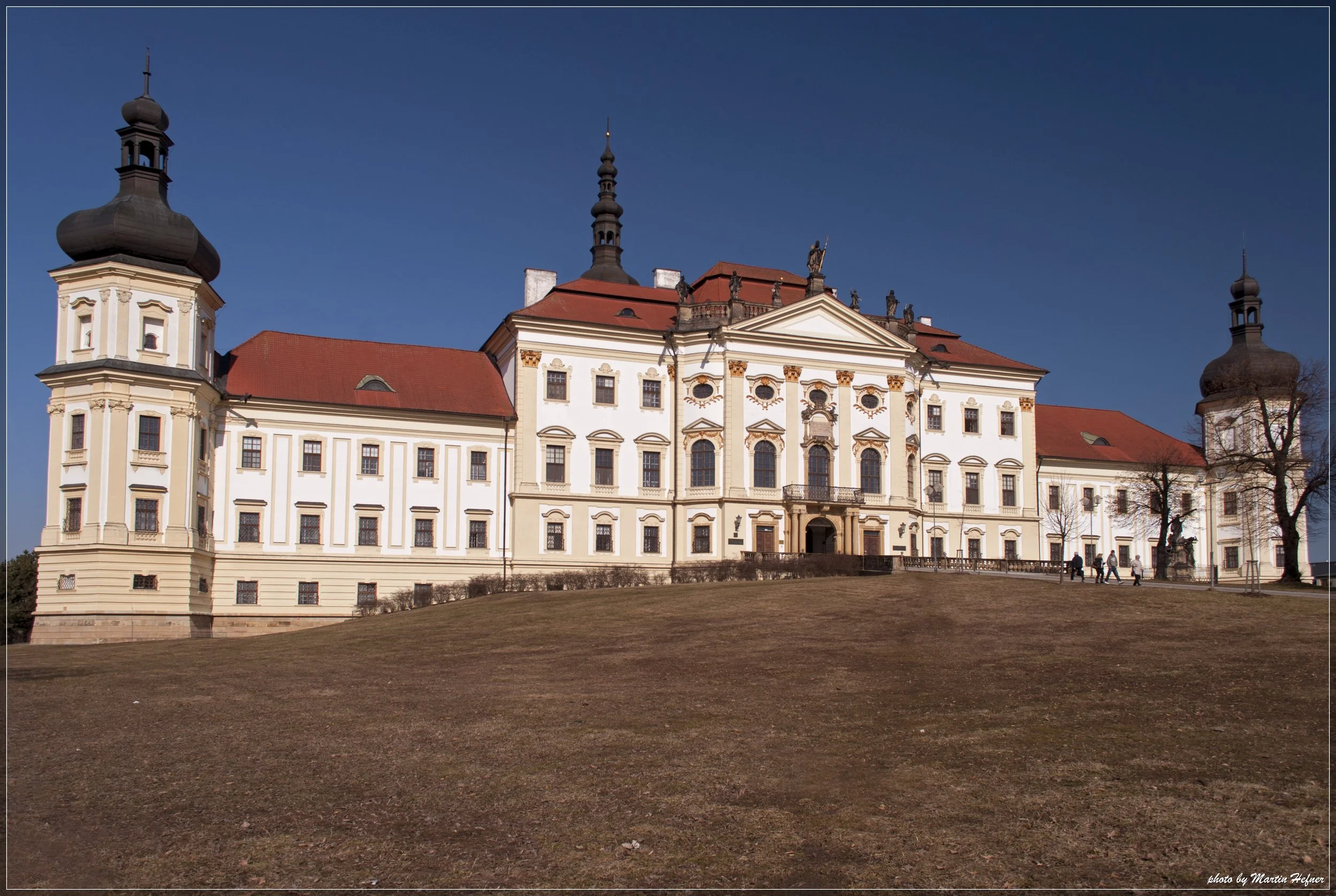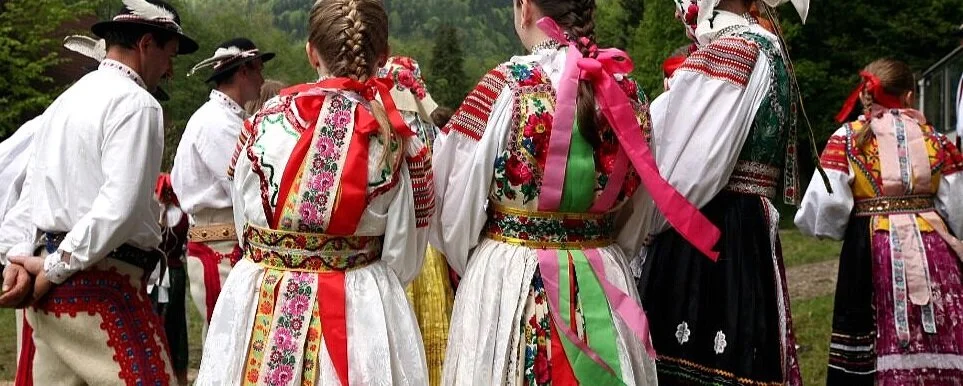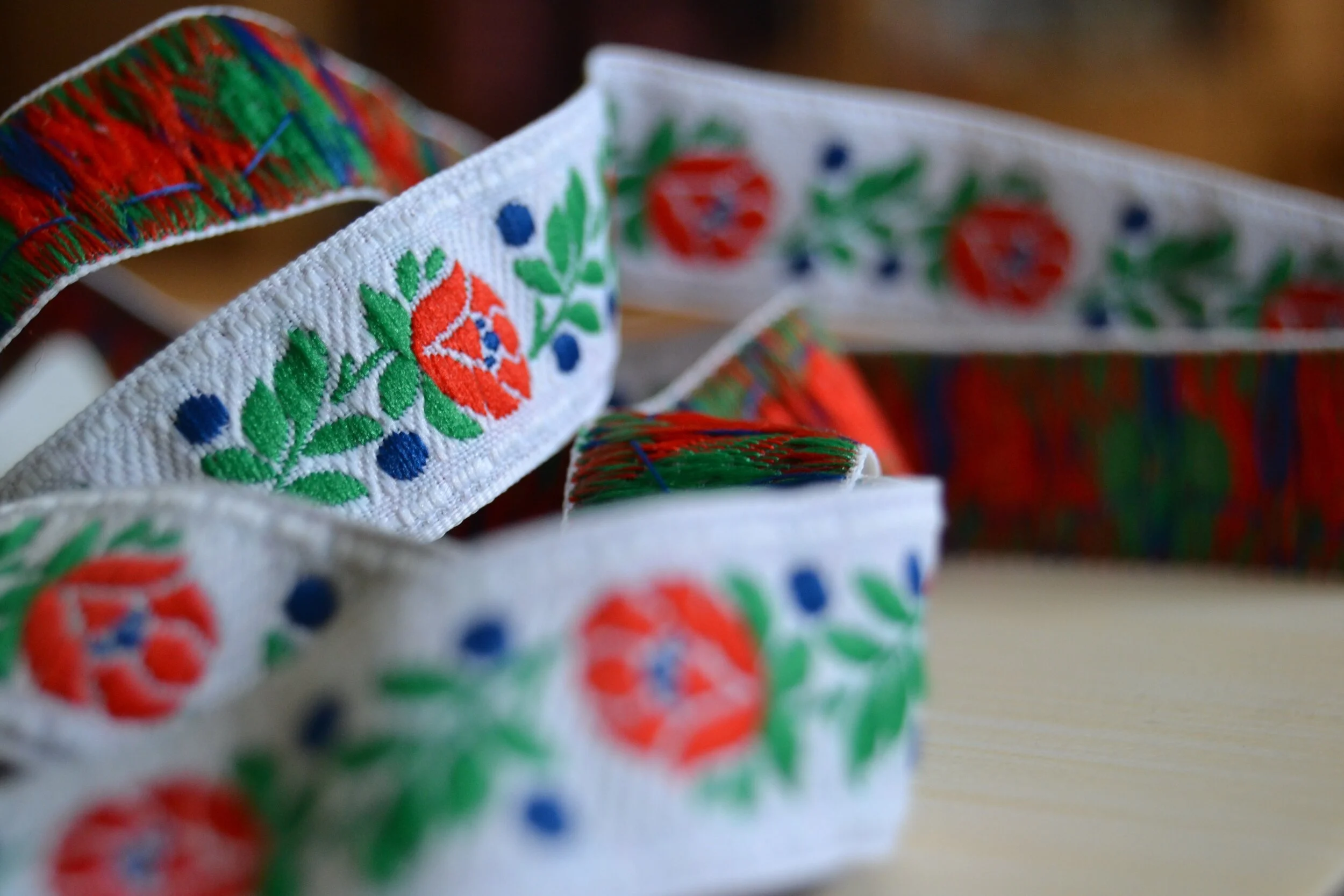The remains of ▒╩┼Ö▒│Š▓Ō▓§▒¶Š▒╗Õ princes and other family members were returned recently to the city of Olomouc to be buried in a special funeral mass by the Archbishop of Olomouc Josef Nuzik after extensive testing to ensure their authenticity in late May. The ▒╩┼Ö▒│Š▓Ō▓§▒¶Š▒╗Õ dynasty, also known as the House of ▒╩┼Ö▒│Š▓Ō▓§▒¶, is the oldest ruling family of Bohemia to be identified within Czech written records, and remains one of the most recognizable ruling families in Eastern European history.
Hradisko Monastery in Olomouc (Czech Republic)
Their remains were first found in August 2018, hidden in a storeroom within the church walls of St. Stephen in OlomoucŌĆÖs Hradisko monastery. Locked away was a burial chest covered in extravagant artwork, where the identities of five out of seven skeletal remains were conclusive. They were finally identified after extensive DNA and radiocarbon test work by archaeologist Jan ╣¾░∙┤Ū▒¶├Ł░ņ and his team from the Archeological Institute of the Czech Academy of Sciences. It was noted that this was the first time that a whole section of the ▒╩┼Ö▒│Š▓Ō▓§▒¶Š▒╗Õ family was able to be identified and recorded, as preserved remains of the family are rare, and those previously found, such as in Ratibora, Poland, were found to be too contaminated for proper examination.
Heraldic Banner of the ▒╩┼Ö▒│Š▓Ō▓§▒¶Š▒╗Õ Dynasty. Also Banner of Saint Wenceslas and the Duchy of Bohemia.
The ▒╩┼Ö▒│Š▓Ō▓§▒¶Š▒╗Õ dynasty notably first came into power in what is now Bohemia with the rise of Princess Libuse and her husband ▒╩┼Ö▒│Š▓Ō▓§▒¶ in the 10th century. He held no royal lineage and instead previously worked as a field plowman, but his name, regardless, would come to define their family. ▒╩┼Ö▒│Š▓Ō▓§▒¶ the Ploughsman had a legendary reputation that became a tale passed down through generations. It tells a story of how Libuse came upon a vision where she saw herself marrying a commoner instead of a noble, which came to be ▒╩┼Ö▒│Š▓Ō▓§▒¶. From that same vision, she would found the city of Prague at what would become the fort of │š▓Ō┼Ī▒│¾░∙▓╣╗Õ near the river Vltava.
Territory under the Control of the ▒╩┼Ö▒│Š▓Ō▓§▒¶Š▒╗Õ Dynasty around Year 1301.
Their descendants would grow in power and reach the height of their power as kings by the mid-12th century, with their reign extending past Bohemia to cover large swaths of Europe, covering parts of Austria and extending to the edges of Hungary and Poland. Their influence was mainly consolidated in Moravia, however, with Olomouc remaining the capital of the region for centuries to come. The ▒╩┼Ö▒│Š▓Ō▓§▒¶Š▒╗Õ family would remain in control over Bohemia and their territories until the untimely murder of King Wenceslas III on August 4, 1306, at just 16 years old, thus ending a reign that lasted over four and a half centuries.
Those buried included Olomouc prince Otto I the Handsome (1045-1087), reportedly named for his stunning looks, and his wife Euphemia (1050s-1111), a member of the ├ü░∙▒Ķ├Ī╗Õ dynasty of Hungary and daughter of Hungarian King B├®la I (1015-1063). Otto I himself was born in Prague to Duke Bretislav I (1002/5-1055) and Jitka of Svinibrod (1003-1058). Although he was the youngest of his siblings, the helm of rulership as Duke of Bohemia went to him after his father passed away amid another invasion of Hungary, and later to his brother Spytihn─øv II, who died in 1061. Although he shared control with his brother Vratislaus II, Duke Otto I and his sibling resisted Vratislaus II's attempts to consolidate control for himself. Otto I would rule over Olomouc from 1067 until his death in 1087.
They would go on to found the Hradisko monastery in 1078, whose church would eventually bury their remains. The monastery was established by then-Duke Otto I as a way of commemorating Saint Stephen, originally noted in the Bible as the first Christian to be killed and martyred for his service to Jesus Christ. As one of the first monasteries to be established in Moravia, it was staffed at first by Benedictine monks led by Bishop John of Olomouc. They were later expelled and replaced by members of the Premonstratensian order, sometime after Otto IŌĆÖs passing. The monastery later served as a military hospital and his now a recognizable landmark to the north of Olomouc.
Kl├Ī┼Ītern├Ł Hradisko Monastery / Kl├Ī┼Ītern├Ł Hradisko Olomouc.
Other descendants of the dynasty among the remains were Otto IŌĆÖs grandson, Prince Otto III D─øtleb (1122-1160), whose remains were stored along with his wife Durancia Mstislavovna Rurikid (1120-1161), daughter of the Grand Prince of Kiev, Ukraine. The son of Otto II ŌĆ£the BlackŌĆØ (1085-1126), he was denied the title of Bohemian prince by Vratislav IIŌĆÖs grandmother in favor of her other grandson, Sob─øslav I (1075-1140), later fleeing Prague before perishing in battle. Otto III grew up in Russia and was only able to return to his inherited estate in Olomouc after the death of Sob─øslav I. He became allied with the king of Bohemia, Vladislav II (1118-1174), and joined him on several military campaigns, including the Second Crusade in 1147 before his passing.
Additionally, the identified remains of their daughter Maria Shvarne, who passed away at 7, and one of Otto IIIŌĆÖs sons were also found. While acknowledged as being the remains of one of his sons, testing has been inconclusive on whether it was │š▒¶▓╣╗ÕŠ▒│Š├Ł░∙ (1145-1200) or Ą■┼Ö▒│┘Š▒▓§▒¶▓╣▒╣ (1148-1201). The two brothers were mainly known for ruling in unison over Olomouc from 1189 until their deaths, with the exception of when they were temporarily replaced by Vladislav Henry, who reigned as Margrave of Moravia for 2 years.
Written by Nestor Flores
Sources:
Jemelkov├Ī, Simona, and Ji┼Ö├Ł ┼Āindel├Ī┼Ö. ŌĆ£They Were Buried in the Middle of the Church.ŌĆØ Muzeum Um─øn├Ł Olomouc, 27 Aug. 2024, muo.cz/en/vystavy/they-were-buried-in-the-middle-of-the-church/. Accessed 11 June 2025.
KG, CityHunters GmbH & Co. ŌĆ£Hradisko Monastery.ŌĆØ myCityHunt.Ie, www.mycityhunt.ie/cities/olomouc-cz-10396/poi/hradisko-monastery-30124. Accessed 11 June 2025.
Lemons, James. ŌĆ£Prophecies of Libu┼Īe.ŌĆØ Visit the ┬ķČ╣Š½ŲĘ, ┬ķČ╣Š½ŲĘ, 18 Jan. 2021, www.czechcenter.org/blog/prophecies-of-libuse. Accessed 11 June 2025.
Mazalov├Ī, Blanka, and Danny Bate. ŌĆ£After Almost 1000 Years, Remains of OlomoucŌĆÖs ▒╩┼Ö▒│Š▓Ō▓§▒¶Š▒╗Õ Rulers Identified and Laid to Rest.ŌĆØ Radio Prague International, 22 May 2025, . Accessed 11 June 2025.
McEnchroe, Thomas, and Loreta Va┼Īkov├Ī. ŌĆ£The ▒╩┼Ö▒│Š▓Ō▓§▒¶Š▒╗Õ Dynasty and the Forming of the Czech State.ŌĆØ Radio Prague International, 25 May 2022, english.radio.cz/czech-archaeologys-greatest-discoveries-8748606/5. Accessed 11 June 2025.
Ondru┼Īkov├Ī, Mark├®ta. ŌĆ£DNA Research: There Were Remains of Premyslid Princes in Kl├Ī┼Ītern├Ł Hradisko.ŌĆØ Muzeum Um─øn├Ł Olomouc, 12 Oct. 2023, www.olmuart.cz/test/en/follow-us/dna-research-there-were-remains-of-premyslid-princes-in-klasterni-hradisko--4887/. Accessed 11 June 2025.
┼Ākvr┼ł├Īk, Jan. ŌĆ£Ota III. D─øtleb.ŌĆØ │¦│┘┼Ö▒╗Õ┤Ū▒╣─ø░ņ, 25 Jan. 2007, www.e-stredovek.cz/post/ota-iii-detleb/. Accessed 11 June 2025.
┼Ākvr┼ł├Īk, Jan. ŌĆ£Ota I. Sli─Źn├Į.ŌĆØ │¦│┘┼Ö▒╗Õ┤Ū▒╣─ø░ņ, 11 Jan. 2007, www.e-stredovek.cz/post/ota-i-slicny/. Accessed 11 June 2025.
